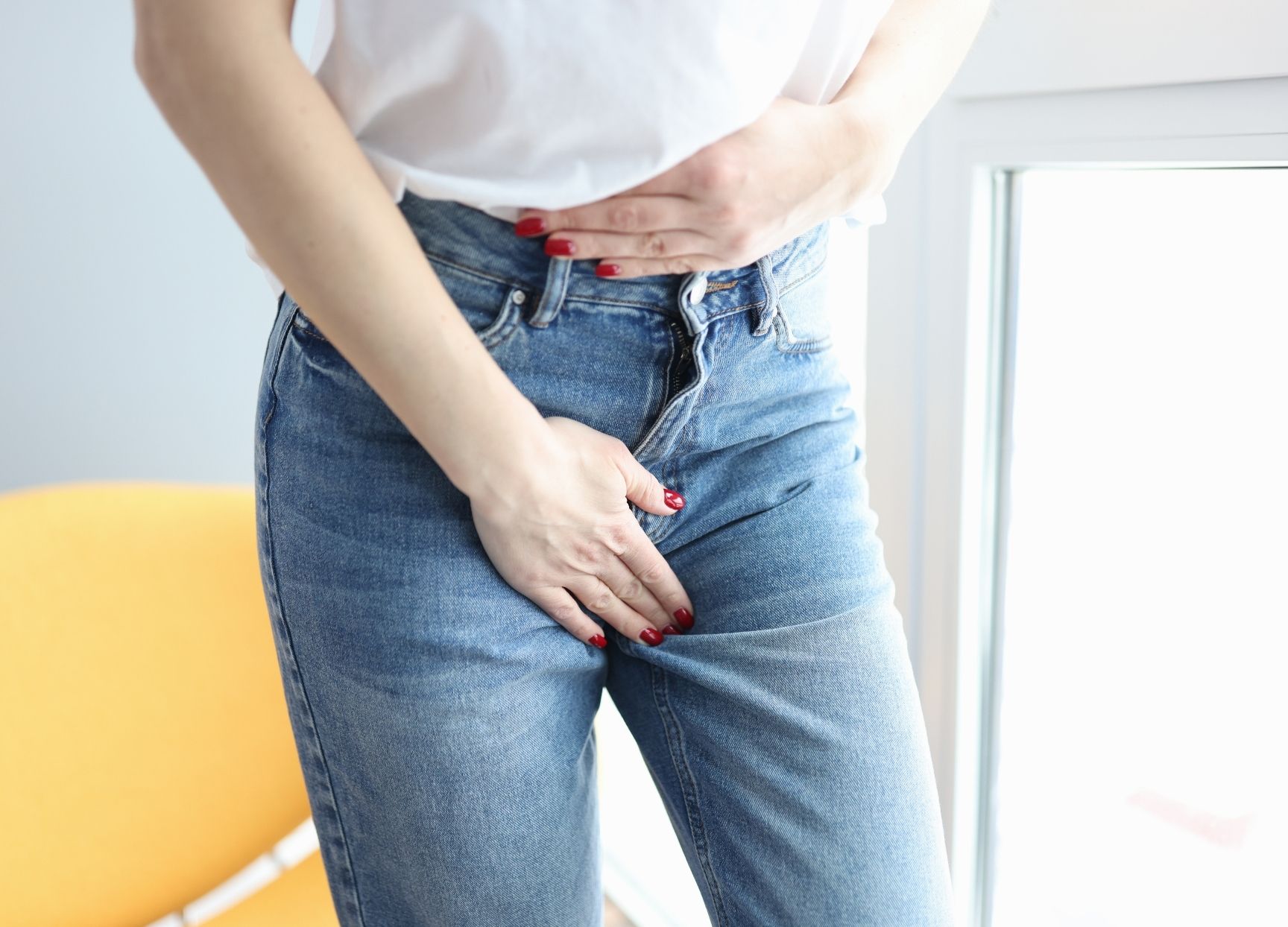Dr Christopher Scott
Consultant Physician
Specialist expertise: HIV, Genital Dermatology, Sexually Transmitted Infections, HIV infection, Gynaecology, Paediatrics.
Our experienced dermatologists who have a special interest in female genital dermatoses will diagnose the problem and recommend appropriate treatment. Sometimes a skin swab and occasionally a skin biopsy may be recommended to clarify the diagnosis.

Many skin conditions may affect the female anogenital skin of all age groups. Patients are often too embarrassed to discuss these with their GP and so there may be a long delay before they seek expert advice. Itching and pain are the most frequent symptoms and there can be several underlying reasons for this. Most are harmless but these symptoms may indicate a more troublesome condition that would benefit from early intervention. The most frequent are infections such as candida or viral warts, or inflammatory skin diseases such as eczema or psoriasis. There are additionally less common conditions that can affect the genital skin such as lichen sclerosis or lichen planus and early intervention is recommended. Lumps and bumps may occur in this site and are easily treated or removed. Skin cancers may occur in this site (although rarely) and expert early intervention is paramount.
Our experienced dermatology team who have a special interest in female genital dermatoses will diagnose the problem and recommend appropriate treatment. Sometimes a skin swab and occasionally a skin biopsy may be recommended to clarify the diagnosis.
Below are some of the more common skin conditions affecting the female genitalia that our private dermatology clinic in London treats.
Candida (thrush) is a common condition of the female genital area, which can involve the vagina as well as the vulval area and around the anus. It can cause a lumpy white discharge, burning pain on penetration and a bright red itchy or burning rash of the vulva. The diagnosis is usually made clinically and confirmed on a painless swab. Often the most effective treatment is a two-capsule course of an oral antifungal medication.
Genital herpes can present with a cluster of small blisters and/or ulceration. Lesions may appear on the vulva, perianal skin buttocks or skin on upper thighs. They are usually uncomfortable and can last for a couple of weeks. Repeat attacks tend to occur in the same area. The diagnosis can usually be made clinically, but a viral swab can be taken to confirm the diagnosis. Treatment with oral aciclovir or valaciclovir will speed up recovery and preventative courses are sometimes given if attacks are very frequent or debilitating.
Genital warts are common and caused by the human papillomavirus (HPV). They present as skin-coloured, pink or brown bumps with an irregular surface texture on the genital skin and can be sexually transmitted. Warts usually appear a few months after infection but may also appear years later. They can be treated with topical treatment, cryotherapy or curettage and cautery.
Molluscum contagiosum is a skin infection caused by a pox virus and presents with small skin-coloured bumps on the skin. It is caught by close skin to skin contact and the genital area is a common site of infection. Treatment options range from topical therapy to cryotherapy.
The genital area is a common site for lumps and bumps, the majority of which are benign (harmless). Cysts are common on the hair-bearing areas, and angiokeratomas, which are small harmless dark red or purple marks, may cause concern as they can mimic melanoma skin cancer. There are quite a few growths that arise from the normal structures in the skin, most of which are benign. If there is any concern or uncertainty over the diagnosis, a biopsy can be taken, almost always under local anaesthetic.
Psoriasis is a chronic scaly inflammatory skin condition that affects around 2% of the population. Anogenital psoriasis can affect skin on the pubic area, vulva, groin folds, natal cleft, perianal skin, and buttocks. Psoriasis affecting these areas can be aggravated by friction and contact with irritants such as urine. It can be particularly debilitating and may result in itching, soreness, and secondary infection. Treatment of psoriasis in these areas is similar to that of psoriasis on other parts of the body, but extra care has to be taken given the sensitive nature of genital skin.
Lichen sclerosus is a chronic inflammatory skin condition that may affect genital skin. It can present with redness or bruising, white patches, some loss of the normal architecture of the vulva and tightening of the vaginal entrance. Symptoms include itching, soreness or pain on sexual intercourse. The cause of lichen sclerosus is not known but it is sometimes associated with other autoimmune conditions such as thyroid disease. It is usually diagnosed through clinical assessment and often a skin biopsy is required for confirmation of the diagnosis and to exclude other pathology. Treatment involves the use of soap substitutes, barrier creams and topical corticosteroids. Patients will typically respond well and can go into remission though long term use of topical corticosteroids may be recommended.
Lichen planus of the skin is a fairly common itchy rash that tends to resolve within 2 weeks. Lichen planus of the vulva, however, can be much more long lasting, and in some women it can cause painful persistent raw areas of the vulva and vagina. Many people with vulval lichen planus also have involvement of the inside of the mouth. Lichen planus is treated in a similar way to lichen sclerosus with potent topical steroid ointments and moisturisers; many women respond to this treatment while others may need oral treatment with immunosuppressive tablets.
Currently selected day
Available consultations
Type
Candida (thrush), genital herpes, genital warts ...
Candida (thrush)
Genital herpes
Genital warts and molluscum contagiosum
Lumps and bumps
Genital Psoriasis
Lichen sclerosus
Lichen planus
Our consultants, who are all either heads of service at London teaching hospitals, or have played major roles in clinical innovation, employ their collective expertise, knowledge and deep experience to deliver the best care possible.